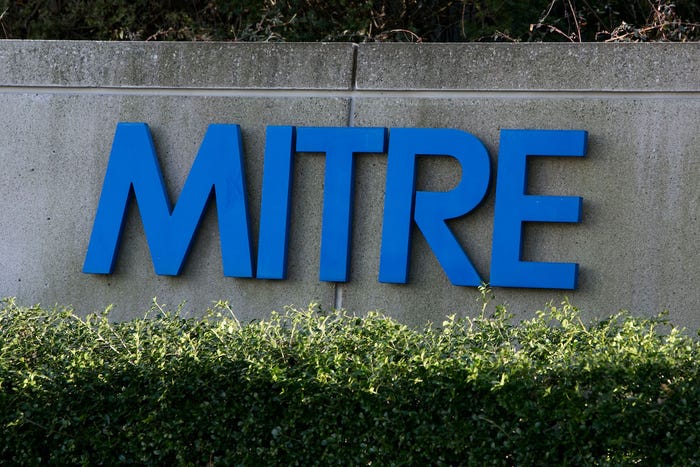A young company has a new patent for using fault tolerance techniques to protect against malware infection in applications.
September 24, 2018

How do you really know that an application has not been compromised? A newly patented technology is based on the premise that because you know precisely what every thread and API call are supposed to do, any divergence is a sign of trouble.
Fault-tolerance has long used multiple identical instances of an application to insure that the application can continue to function even if its hosting server goes offline. Young startup Virtual Software Systems (VS2) has been granted a patent for using that concept as a way of continuously validating application integrity.
Mario Troiana, head of development for VS2, says the company's fault-tolerant framework is called the Intentional Computing Environment (ICE). "ICE is a framework made up of several mechanisms. Collectively, they instantiate multiple replicas of an application with different processes running on different virtual machines," he says.
"It then enforces determinism of each thread of the application, so every time an API call is reached, the threads are compared to make sure they're going to the same destination in a state space," he says.
According to the company, "ICE detects and inhibits unintended application behavior caused by unpredictable events including hardware failures, malicious activity, and countless other faults." That means if there is a point of application behavior that deviates for any reason from what is expected, ICE throws an exception and halts its execution.
There are a number of components to ICE, each handling or responding to a different aspect of application or data behavior, but the entire suite is based on the idea that application behavior is deterministic — that every part of an application will respond in a predictable, known way to any input.
Troiana is quick to point out two critical aspects of the way that ICE works. First, when software is developed, standard API calls must be replaced with ICE calls. This allows the protection software to work when the code is in production. It also means that this is not a solution applicable to off-the-shelf third-party software where the customer has no access to source code.
And VS2 doesn't promote this as a complete, comprehensive security solution: the company sees it as complementary to other components in a total security architecture.
ICE is currently available as a feature-complete technology assessment release for beta customers.
Related Content:

Black Hat Europe returns to London Dec 3-6 2018 with hands-on technical Trainings, cutting-edge Briefings, Arsenal open-source tool demonstrations, top-tier security solutions and service providers in the Business Hall. Click for information on the conference and to register.
About the Author(s)
You May Also Like
The fuel in the new AI race: Data
April 23, 2024Securing Code in the Age of AI
April 24, 2024Beyond Spam Filters and Firewalls: Preventing Business Email Compromises in the Modern Enterprise
April 30, 2024Key Findings from the State of AppSec Report 2024
May 7, 2024Is AI Identifying Threats to Your Network?
May 14, 2024
Black Hat USA - August 3-8 - Learn More
August 3, 2024Cybersecurity's Hottest New Technologies: What You Need To Know
March 21, 2024


